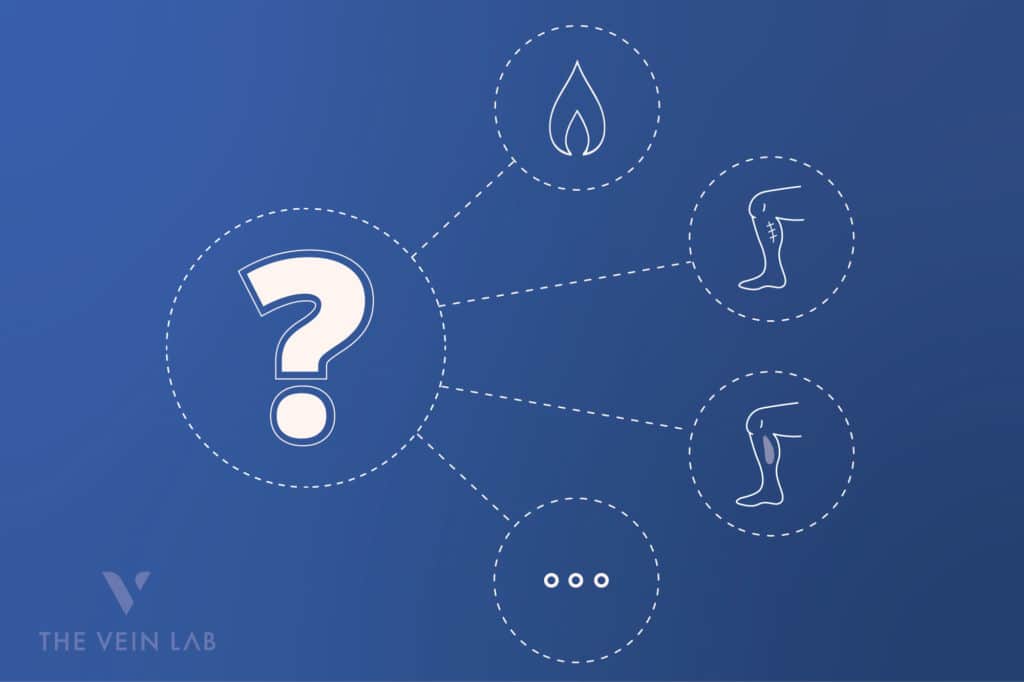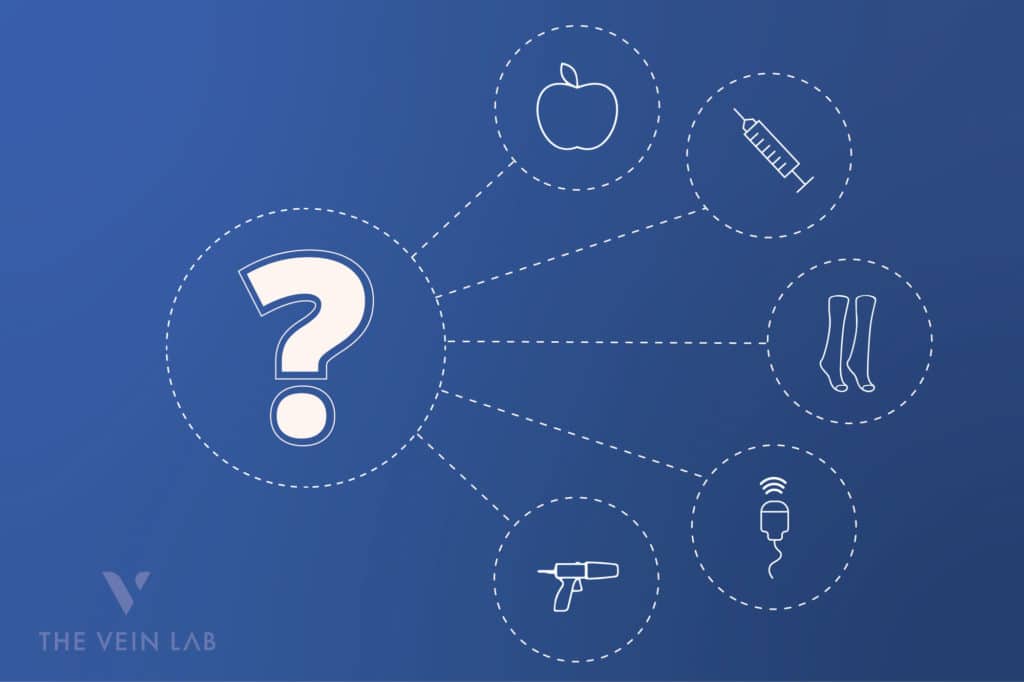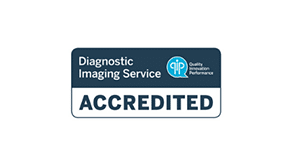Phlebitis
What is phlebitis?
Phlebitis is the inflammation of a vein. It occurs when the walls of a blood vessel are damaged, generally due to injury, trauma, or infection. There are two kinds of phlebitis, superficial and deep.
Superficial phlebitis is when the inflamed vein is near the surface of the skin. This type may require treatment but is not usually of major concern. It can be the result of a blood clot or something irritating the vein, such as an intravenous catheter.
Deep phlebitis, also known as DVT, is when the inflamed vein is larger and deeper, such as those found in the leg. Deep phlebitis is more likely caused by a blood clot, which can have serious life-threatening consequences. For more info on DVT click here.
What causes superficial phlebitis?
Phlebitis is caused by injury or irritation to the lining of a blood vessel. In the case of superficial phlebitis, this may be due to:
- Placement of an IV catheter
- Administration of irritating medications into your veins
- A small clot
- An infection.


How is superficial phlebitis treated?
There are several non-surgical treatment options available for superficial phlebitis. These include:
- Gentle exercise such as walking. This will help increase blood flow in the area and prevent blood clots from forming.
- Anti-inflammatory medications can be taken, such as ibuprofen or aspirin.
- Compression stockings can be worn to improve blood flow and help relive swelling and pain.
- In severe cases, such as DVT, anticoagulants may need to be taken.
What is the treatment process?
Before deciding upon a treatment plan, Doctor Cohen will take some time to understand your personal history, while also looking at how your underlying veins are functioning. This will be done using a special ultrasound called a venous incompetence scan. Most of these scans will reveal nothing abnormal, however, in some cases they will show an incompetence or weakness in the underlying venous system that will need to be resolved prior to treating the spider veins. If this is the case, Doctor Cohen will likely recommend waiting three months post treatment of the larger varicose veins before starting treatment for your spider veins.








